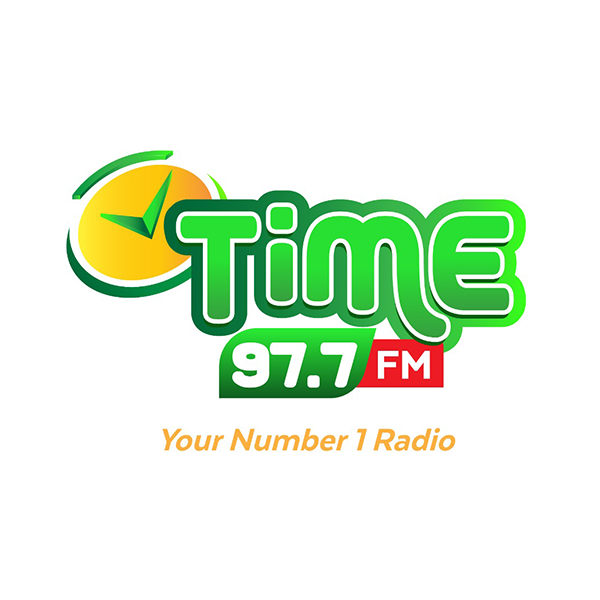
Value Of Loans Decline In Q1 20233 min read

The first quarter of 2023 witnessed a 19.23 percent decline in value of secured loans compared to the same period in 2022, with banks experiencing a significant decrease.
According to the Collateral Registry Report published by the Bank of Ghana, the total value of secured loans was GH¢5.26billion in Q1 2023 – down from GH¢6.5billion in Q1 2022.
On the other hand, specialised deposit-taking institutions recorded a total amount of GH¢924.7million in secured loans, reflecting a 29.8 percent increase compared to the same period in 2022 and representing a share of 17.6 percent.
The report also highlighted the distribution of secured loans among different types of lenders. Banks maintained the highest share with 82.4 percent of total value for secured loans in Q1 2023. Savings and loans (S&L) companies saw an increase in their share to 9.3 percent from the same quarter of 2022.
Finance houses, on the other hand, experienced a decline to 0.3 percent from 0.4 percent in Q1 2022. The share of secured loans by microfinance institutions (MFIs) slightly moderated to 1.0 percent in Q1 2023. The cumulative share of loans from other lending institutions increased to 6.86 percent from 3.6 percent during the same comparative period.
Examining the average lending rates for secured loans, banks offered the lowest rates across all lending institutions at 21.2 percent in Q1 2023, down from 24.2 percent in Q1 2022. Leasing companies recorded the second-lowest average lending rate of 29.5 percent in Q1 2023, while rural and community banks (RCBs) increased their average lending rate to 34.3 percent.
S&Ls experienced a decline in their average lending rate to 45.3 percent, and finance houses recorded the highest average lending rate at 59.6 percent. The average rates of other lending institutions decreased to 24.9 percent.
Regarding the borrower types, large private enterprises received the highest share of secured loans; accounting for 52.3 percent in Q1 2023 compared to 46.7 percent in Q1 2022. Small and medium-sized enterprises (SMEs) constituted the second-highest recipient with a share of 20.7 percent during the review period, followed by individuals with 17.9 percent and micro businesses with 3.6 percent. The share of secured loans to government institutions also increased, from 0.02 percent in Q1 2022 to 5.1 percent in Q1 2023.
The Collateral Registry experienced an increase in number of registrations and discharges in Q1 2023 compared to the same period of 2022. The total number of registrations reached 46,258 – reflecting an 18.5 percent year-on-year growth.
Savings and loans companies recorded the highest number of registrations among lending institutions. The number of searches conducted with the registry declined marginally during the review period, while the number of Memorandum of No Objection certificates issued also declined. However, the total number of discharges increased significantly. Cash and inventories or stock of goods were the major collateral types used to secure loans.
Additionally, foreign-owned banks were responsible for a higher share of secured loans, accounting for 51.5 percent in Q1 2023 compared to 50.5 percent in Q1 2022. Domestic banks sourced a lower share of secured loans, declining to 48.5 percent from 49.5 percent during the same period. Foreign-owned banks played a significant role in driving the domestic sources of secured loans.
In terms of sectoral distribution, the commerce and finance sector received the highest share of secured credit, accounting for 32.8 percent in Q1 2023. The Services sector followed closely with 27.2 percent, while the mining and quarrying sector accounted for 8.4 percent. The construction sector had the lowest share of secured loans at 5.4 percent.





















